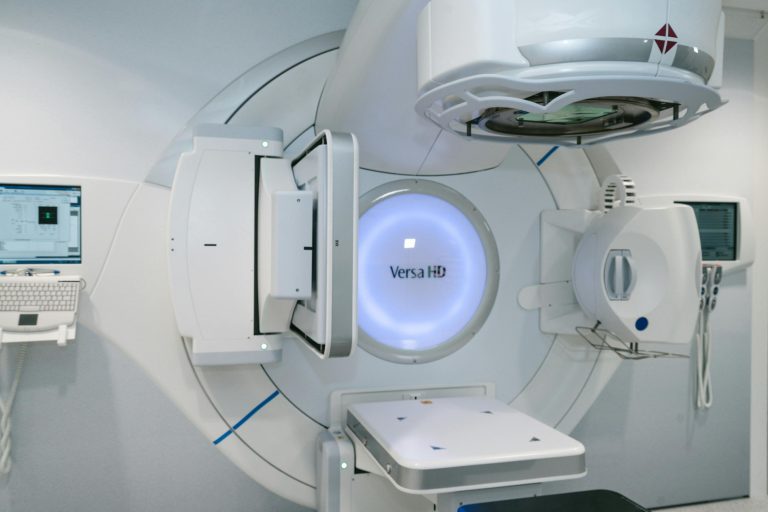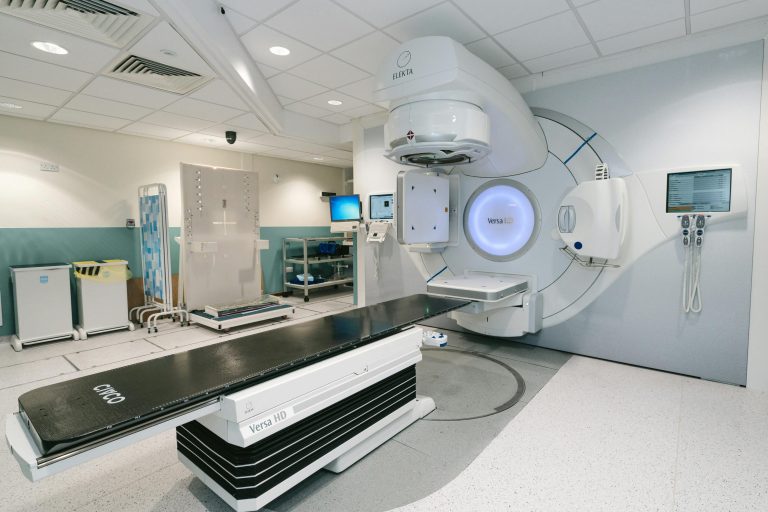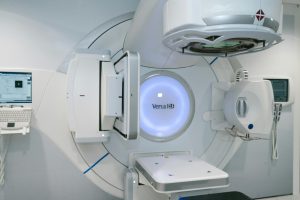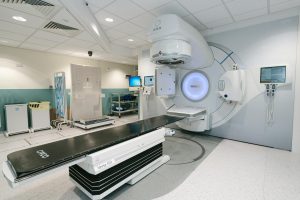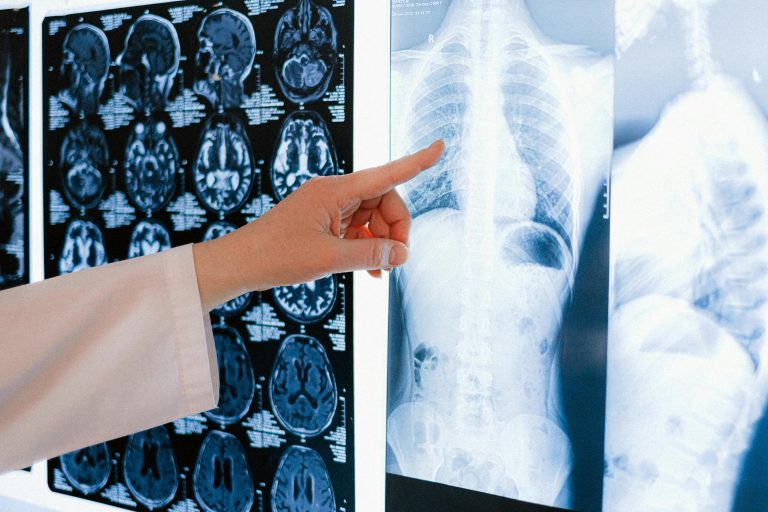Pulmonology, also known as respiratory medicine, is a specialised branch of medicine dedicated to diagnosing, treating, and managing diseases and disorders of the respiratory system. This system includes the lungs, airways, and respiratory muscles, all of which are crucial for breathing and oxygenating the blood.
The respiratory system begins at the nose and mouth, where the air is inhaled, and continues through the pharynx, larynx, and trachea, branching into the bronchi and bronchioles within the lungs. Finally, oxygen reaches the alveoli, tiny air sacs where gas exchange occurs: oxygen enters the bloodstream, and carbon dioxide, a metabolic waste product, is expelled during exhalation.
Pulmonologists are medical doctors with specialized training in respiratory medicine. They treat a broad spectrum of respiratory conditions, ranging from common illnesses to complex chronic diseases. These conditions include asthma, chronic obstructive pulmonary disease (COPD), pneumonia, tuberculosis, lung cancer, and more.
Asthma is a chronic inflammatory disorder of the airways characterized by episodes of wheezing, breathlessness, chest tightness, and coughing. These symptoms result from airway hyperreactivity to various stimuli, including allergens, cold air, exercise, and infections. Asthma management involves avoiding triggers and using medications such as bronchodilators and inhaled corticosteroids to control inflammation and prevent attacks.
Chronic Obstructive Pulmonary Disease (COPD) is a progressive disease that includes chronic bronchitis and emphysema. COPD is primarily caused by long-term exposure to irritants, most notably cigarette smoke, which damages the lungs and airways. Symptoms include persistent cough, mucus production, shortness of breath, and frequent respiratory infections. Management strategies include smoking cessation, pulmonary rehabilitation, and medications like bronchodilators and steroids to manage symptoms and prevent exacerbations.
Pneumonia is an infection that inflames the air sacs in one or both lungs, which may fill with fluid or pus. It can be caused by bacteria, viruses, or fungi and often presents with symptoms such as cough, fever, chills, and difficulty breathing. Treatment varies based on the cause and may include antibiotics, antiviral medications, or antifungal drugs, along with supportive care like oxygen therapy.
Tuberculosis (TB) is a serious infectious disease caused by the bacterium Mycobacterium tuberculosis. It primarily affects the lungs but can spread to other parts of the body. Symptoms include a persistent cough, fever, night sweats, and weight loss. TB is treated with a prolonged course of multiple antibiotics to ensure complete eradication of the bacteria and to prevent drug resistance.
Lung cancer is one of the leading causes of cancer-related deaths globally. It is primarily associated with smoking, but other risk factors include exposure to secondhand smoke, radon gas, asbestos, and other carcinogens. Symptoms of lung cancer can include a persistent cough, chest pain, shortness of breath, and coughing up blood. Treatment options depend on the stage and type of cancer and may include surgery, radiation therapy, chemotherapy, and targeted therapy.
Pulmonologists also manage other conditions such as interstitial lung disease (ILD), which involves scarring and inflammation of the lung tissue, pulmonary hypertension, characterized by high blood pressure in the lungs’ arteries, sleep apnea, a disorder where breathing repeatedly stops and starts during sleep, and occupational lung diseases caused by exposure to harmful substances in the workplace.
Pulmonologists treat these conditions, as well as provide preventive care, education, and research. They often collaborate with other specialists, such as thoracic surgeons, oncologists, and allergists, to provide comprehensive care for patients with complex respiratory conditions.
Overall, pulmonology is a vital field that addresses the critical function of breathing and works to improve the quality of life for individuals with respiratory disorders through advanced diagnostics, treatment, and ongoing research.


